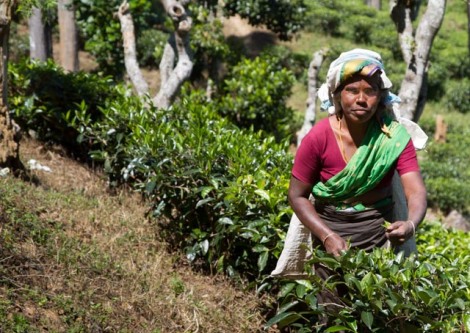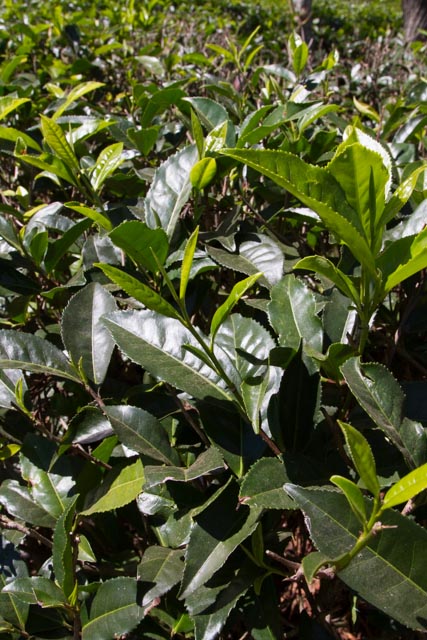 On Sunday, my friends continued their journey towards the centre of Sri Lanka, whilst I took the night train to Colombo. We travelled together for 10 days, and I was sad to see them drive off – it was fun! And they’ve also taught me some useful things, such as increasing the size of my blog pictures. I wish you a wonderful onward journey, many beautiful pictures, interesting encounters and a great cooking experience, Anita & Tom!
On Sunday, my friends continued their journey towards the centre of Sri Lanka, whilst I took the night train to Colombo. We travelled together for 10 days, and I was sad to see them drive off – it was fun! And they’ve also taught me some useful things, such as increasing the size of my blog pictures. I wish you a wonderful onward journey, many beautiful pictures, interesting encounters and a great cooking experience, Anita & Tom!
The Brits were very successful convincing the world to drink tea, and I also was „naturalised“ in more than 7 years on the Island. A good cuppa of strong black tea will heal all woes and feel comforting, something which coffee just cannot do for me. Without my cup in the morning, I am to be treated with care, and I always travel with some bags of tea in my luggage, to spare my hosts.
Sri Lanka is world famous for its Ceylon tea, which it actually only grows thanks to the British who imported tea plants from India in 1860 to make up for the fungus having befallen the coffee plants. With the tea came more Tamils – the start of a conflict that would ultimately result in a long and bloody civil war – see my separate entry on the history of Sri Lanka.

Tea is mainly grown in the mountaineous area between Kandy and Ella – everybody travelling in Sri Lanka should really make the train journey between those two cities, to see breathtaking landscapes with steep mountains and lush green tea plantations.

How is tea actually made, and what is the difference between Black, Green and White tea? The answers to these questions I got during a visit to a tea manufactory in Ella.
 I was not allowed to take pictures, but imagine machines that look like they are remains from the original import of the tea plants more than a 100 years ago, and you got it.
I was not allowed to take pictures, but imagine machines that look like they are remains from the original import of the tea plants more than a 100 years ago, and you got it.
The individual steps are as follows

– Plucking (almost always by women)


– Weighing
– Transport to factory
– Withering of the leaves

– Rolling
– Breaking of the rolls (to shred the leaves into pieces)
– Fermenting (three hours; to obtain the black color; therefore not done with green or white tee)
– Drying (20 minutes)
– Grading according to the quality of the tea (see next illustration)

– Auction in Colombo (none of the international brands seem to manufacture the final product in Sri Lanka, but all tea is auctioned off, exported, and blended with other teas)
– Tasting
– Blending
– Packeting.
Black, green and white tea can all come from the same tea plant (something which I still find astonishing).

Black tea is the „lower“ grade, although there are vast differences in quality and price, according to how fine the end product is in terms of teal”leaves”. Green tea comes from the young green shoots of the plant, and white tea from the inner heart of the young shoot – that’s why white tea is the most expensive and subtle of the teas.
Sri Lanka is amongst the five biggest tea producers in the world, after China, India and Kenia, and before Indonesia. It produces ca. 325,000 tons of tea every year (to compare: China about 2 million), of which 98% are being exported.
Alright then, I’ll now have a cup of good green tea, and which you all a happy day!








I feel ready for a cup of tea as well now. With milk, of course 😉